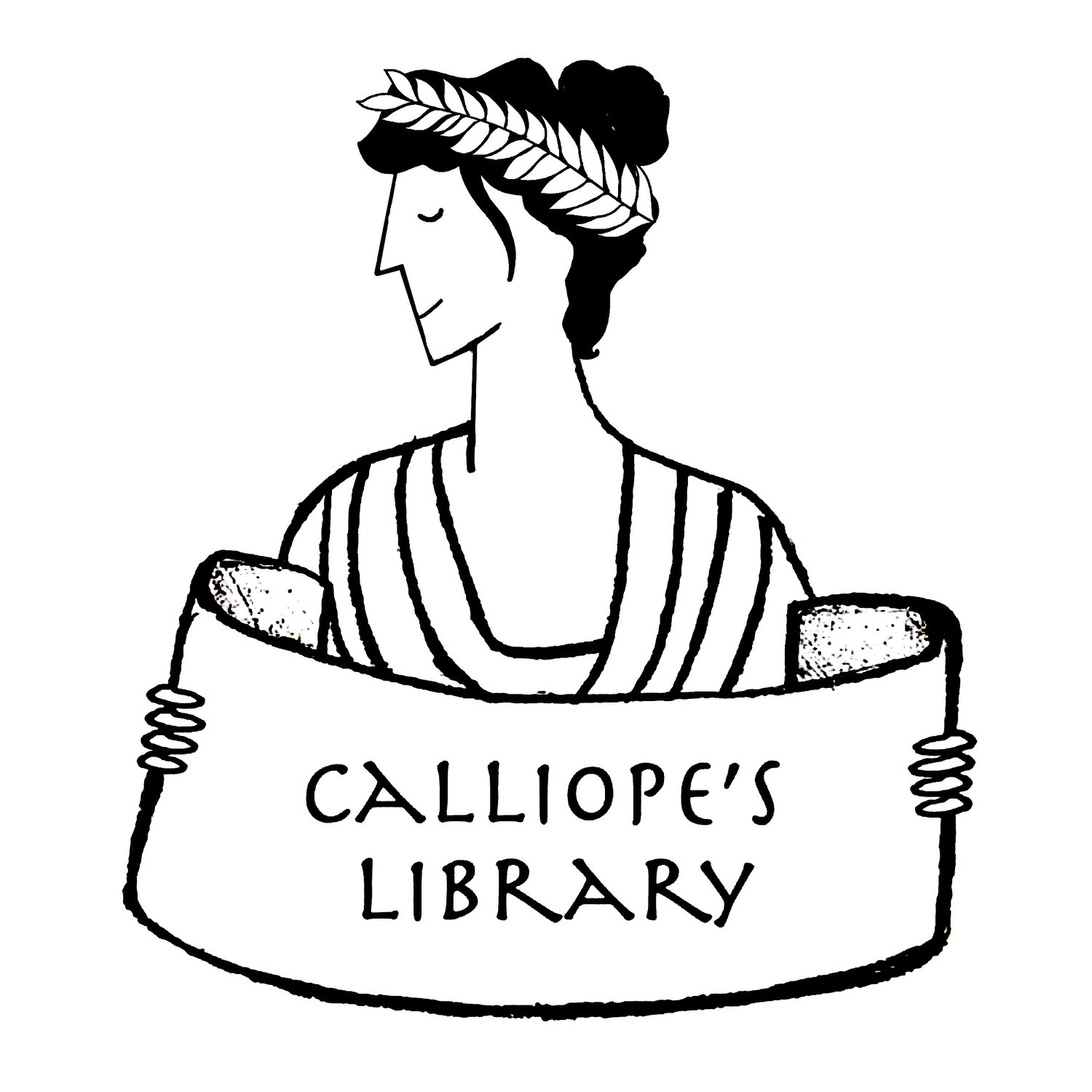Title: The Olympians: Athena: Gray-Eyed Goddess (vol. 2)
Author and Illustrator: George O'Connor
Date: 2010
Tags: Young adult, Graphic novel, Mythology, Athena, Metis, Perseus and Medusa, Arachne, Ancient worlds, Racially/Ethnically diverse, English
Readers interested in a scholarly approach to children’s literature may consult this title on Our Mythical Childhood Survey*
In the second volume of his Olympians series, George O'Connor picks up the story of Greek mythology where he left off in his first volume. Zeus, now the King of the cosmos, is married to Metis, the goddess of wise counsel, but he pulls a Cronos and swallows her to prevent her unborn child from overthrowing him. This is a myth that seldom makes it into modern retellings, but O’Connor recounts the betrayal unflinchingly. However, he does rescue poor Metis from Zeus’s head by transferring her to Athena’s, so that she spends her eternity as a voluntary counselor instead of an unwilling captive.
Otherwise, Athena’s story is a straightforward accumulation of her many attributes. Her birth in full armor is climactic, then her godhood filled with a selection of her many triumphs. Two of her myths that feature her rivalry with Poseidon – the wanderings of Odysseus and the contest for Athens – are left for his book. Instead, her other famous protege, Perseus, takes center stage. Early in the book O’Connor takes the time to tell her accidental slaying of her companion, Pallas. The choice adds some tension to Athena's seemingly endless success. The story is recalled later during Athena’s contest with Arachne, and it gives her a real reason to be angry enough to excuse her extreme punishment. This volume is not as evocative as the ones that come later in the series, but it is still filled with the seeds of the great things to come. – Krishni Burns
* For further information on the Our Mythical Childhood Survey, please refer to the website of the project “Our Mythical Childhood” [link: http://omc.obta.al.uw.edu.pl/], led by Prof. Katarzyna Marciniak at the Faculty of “Artes Liberales,” University of Warsaw, Poland, with the participation of Bar Ilan University, University of New England, University of Roehampton, University of Yaoundé 1, and other affiliated scholars, within the funding from the European Research Council (ERC) under the European Union’s Horizon 2020 Research and Innovation Programme (grant agreement No 681202).














